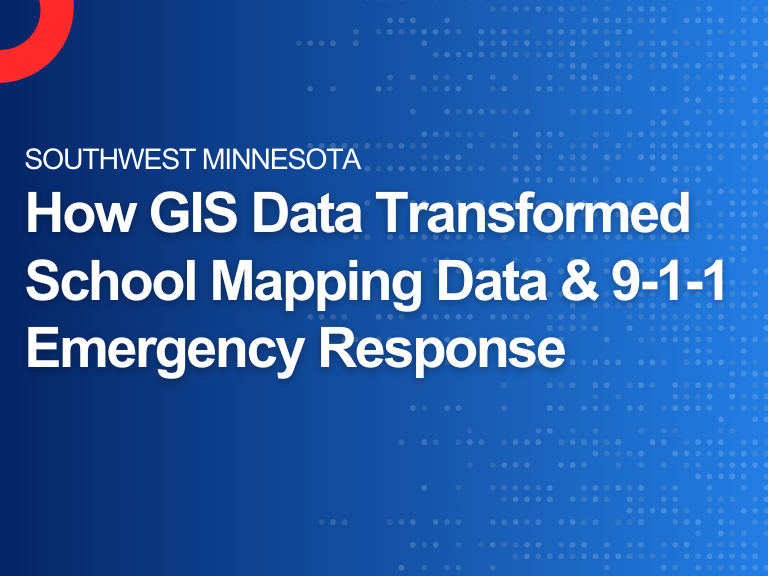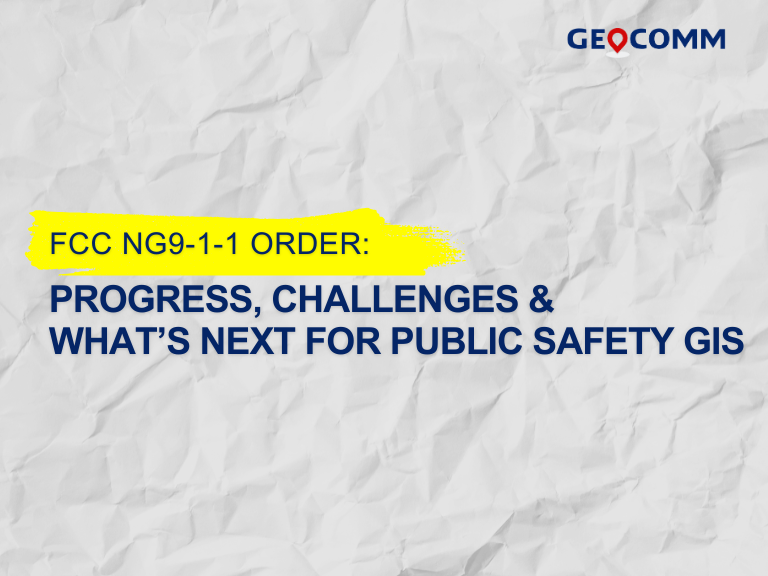Empower 9-1-1 and emergency response with game changing Public Safety Grade GIS data
NG9-1-1 is a game changer for the 9-1-1 community because it utilizes Geographic Information Systems (GIS) technology to deliver every 9-1-1 call – mobile, VoIP, and landline alike – to 9-1-1 communication centers.
Game changers can be profound and disruptive while also producing positive effects. Utilization of GIS in the core of the 9-1-1 system is a game changer. The integrity and accuracy of Public Safety Grade GIS data is elevated to an entirely new level to meet the standards and recommendations for NG9-1-1 call routing.
“When we work with a public safety agency on a GIS maintenance project, one of the first steps and the most critical component for successful ongoing maintenance, is development of workflows and standard operating procedures (SOP),” states GeoComm GIS Project Manager, Jessica Beierman, GISP, ENP, PMP. “Workflows should delineate processes by indicating who is responsible for each task and note the frequency. Workflows and Standard Operating Procedures (SOPs) should also be reviewed and/or updated on a regular basis.”
Each step is important and continuous. Now, we are focusing on the importance of Maintain. Once GIS data is assessed, enhanced, and cleaned up, it is critical to document and implement best practices to maintain the overall quality and integrity of the data for the long-term. Considering NENA standards and recommendations, GIS best practices, and the requirements of your county, region, or state are key for developing an achievable maintenance plan.
Think of a maintenance plan like a playbook outlining how to ensure Public Safety Grade GIS data is complete, accurate, and up to date. Maintenance processes can be unique for different agencies, but the importance of developing, documenting, and regularly revisiting GIS maintenance processes cannot be overstated.
GeoComm recommends a proven three step process:

Assess
Gain new perspective through a GIS data assessment by taking a complete look at the current state of your GIS data and determining its NG9-1-1 readiness.

Improve
GIS data improvement may include GIS data cleanup, remediation, and enhancing your Public Safety Grade GIS data with additional layers or attributes for an NG9-1-1 system.

Maintain


